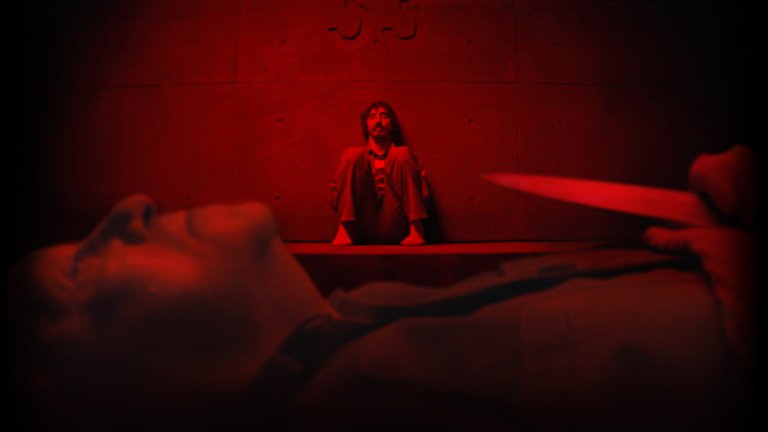We Are What We Are: Cannibal Melodrama
After I saw the new Mexican film We Are What We Are by Jorge Michel Grau, I left the IFC Center in a state of excitement. Sometimes a films comes along that just completely baffles me, and I think, what the hell was really going on? It’s almost as if I’m in a state of…
By Dan Hoffman


After I saw the new Mexican film We Are What We Are by Jorge Michel Grau, I left the IFC Center in a state of excitement. Sometimes a film comes along that just completely baffles me, and I think, what the hell was really going on? It’s almost as if I’m in a state of disbelief – this movie just passed before my eyes? Someone made that? I felt the same way about Gregg Araki’s Kaboom, also now playing at the IFC Center.
We Are What We Are, ostensibly a horror film about cannibals, is really a melodrama about a disintegrating family that happens to be cannibals. When a patriarch dies, his wife and three children are forced to fend for themselves and take over the task of capturing live humans to take home and eat. Besides this glaring problem with the family, there is also tension around the eldest son’s masculinity (or lack thereof) and homosexuality and an implicit incestuous relationship between the younger son and his sister. In this way, it is not unlike this past summer’s Splice, which was really a melodrama about parenting disguised as a sci-fi horror flick.
The story of a family of cannibals immediately calls to mind the so-called New French Extremism for its graphic portrayal of sex and violence, and in particular Claire Denis’ tale of a two lovers in Paris infected with a rare disease that causes them to combine appetite with libido, Trouble Every Day. Fortunately, Grau’s film is far more palatable than Denis’ film and most examples of New French Extremism (Interior, Martyrs, etc.), and far less upsetting to watch, even if it is gruesome. Grau cites Denis as an influence on his work, as well as Michael Hanake and Guillermo del Toro for the way they depict violence.
But surely the classic melodramas of Douglas Sirk (All that Heaven Allows, Written on the Wind) and the films of the great Sirk admirers, Rainer Werner Fassbinder and Todd Haynes, are also profound influences on Grau’s new film. Sirk’s seemingly innocuous films are often seen as critiques of capitalism. In a similar way, Fassbinder explicitly stated that he saw melodrama as the best way to critique German society, and he made such masterpieces as The Bitter Tears of Petra von Kant, Ali: Fear Eats the Soul, and The Marriage of Maria Braun. In the same way that these films work as social critiques, so does We Are What We Are work as a critique of contemporary Mexican society and its afflictions – in fact, aside from the horrific element of its story, its plot could easily belong to a Haynes film or a Fassbinder film, which are both often concerned with families, sexuality, and masculinity.
Grau’s film is yet another example of the tendency towards genre hybridization and the capacity for genres like horror and science fiction to rise above the status of pure genre flicks to the level of art, capable of social criticism and sophisticated self-reflexivity in the way they evoke a range of cinematic influences. ![]()




